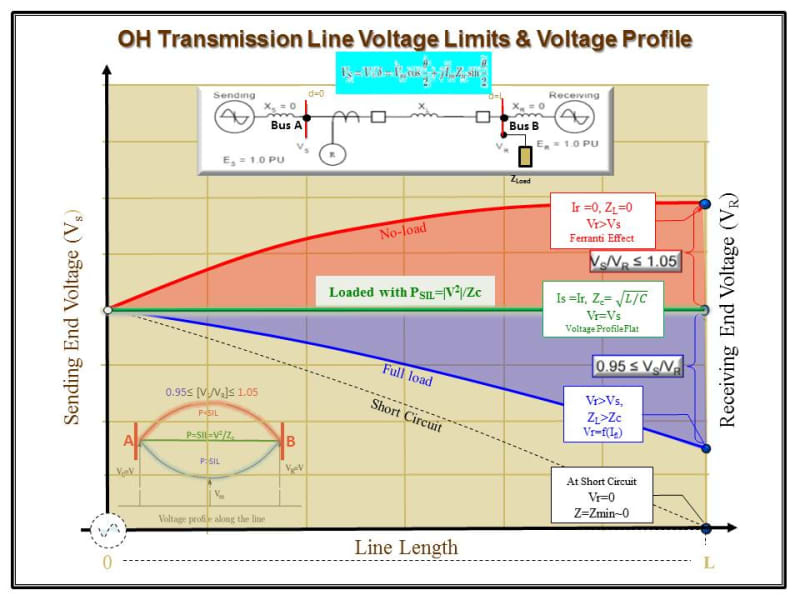Within my utility, selected capacitor tripping, placing of reactors in service, and SVC response are the only actions undertaken without operator intervention to combat excessive overvoltage; removal of HV ckts from service, although done often enough, is never a first option, and is only performed via operator control.
On a side note, and tangential to the topic of this thread...
An interesting wrinkle developed within my utility recently when removing a HV circuit from service for voltage control, viz., the ckt normally used for this purpose was upon this occasion not the preferred one due to a planned outage on another transmission ckt, so an alternate was chosen in its place. The alternate terminated within the switchyards adjacent to two generating stations, one of which had operating units while the other's units were idle. Upon removal of the remote "idle station" end of this circuit, a neutral overcurrent alarm was promptly received on one of the operating units at the local end of the circuit...
Turned out this problem had never been encountered before; its cause was eventually attributed to the resultant electrical characteristics of that exact consist of ckts due to the various lengths of line for which specific phases occupied specific positions on specific portions of the line before they were rolled. It was a bit of a head-scratcher there for a while; no actual fault ever occurred, so manual current traces collected in various configurations had to be gathered and comparatively analyzed to determine what was going on. At the time, however, the sudden and completely unexpected receipt of this alarm roused some panic in certain operators, and reportedly it took one of the cooler heads of a more experienced senior operator to dissuade the more panicked staff from precipitously forcing that operating unit from service...
CR
"As iron sharpens iron, so one person sharpens another." [Proverbs 27:17, NIV]

